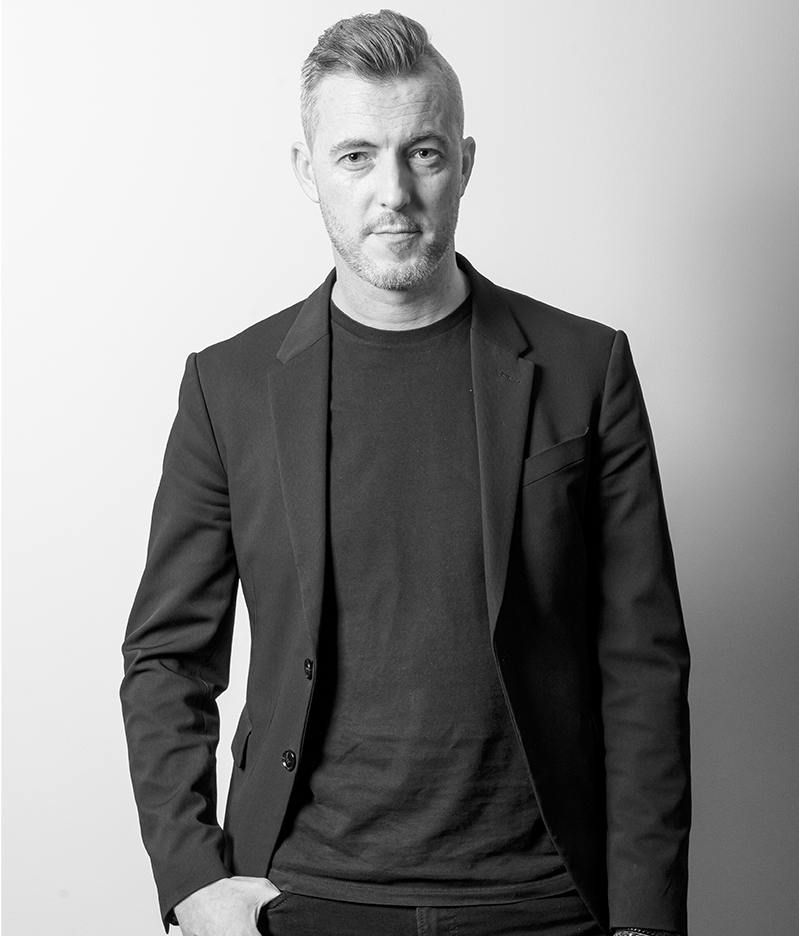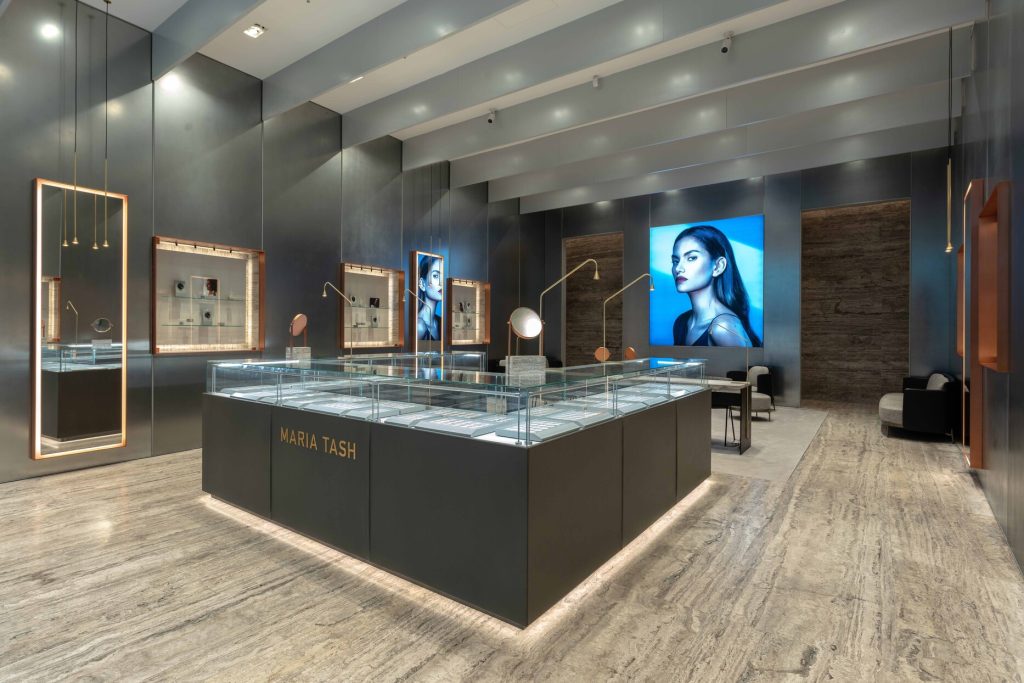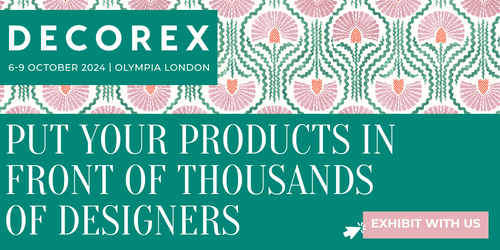Lee Roberts is Creative Director at Zebra, a studio specialising in commercial, retail and hospitality design. Based in London, Lee works on projects around the world and brings his experience of over two decades to create cutting-edge spaces that foster deep consumer-brand connections.
Having joined Zebra after completing his studies, Lee has cultivated an impressive career by taking advantage of the international opportunities on offer at the studio and utilising the support provided by the team. Here, Lee shares his personal inspirations and dedicated design journey, from beloved construction toy brand to high-profile commercial projects.

What is your earliest memory of design and architecture?
As a child, I loved Lego and still do. I remember I had a ‘Police Station’ set that I would build, dismantle and rebuild over and over. Coupled with the fact that I was quite good at art throughout school, design and architecture provided a natural synergy of those creative and technical abilities as I got older.
Where did you study?
I studied at Nottingham Trent University, gaining a BA (Hons) in Interior Architecture and Design, before joining Zebra in 2003, where I’ve more or less been ever since. I’ve been fortunate to benefit from Zebra’s global design portfolio, spending several years in Dubai as a design manager before returning to London in 2016, where I’ve been based until now.

What kind of architect did you aspire to be?
It has to be Mies Van Der Rohe. His association with the Bauhaus school of art, design and architecture as its last director really set the tone for a modernist way of thinking which can be seen in his buildings, both in Europe in the 1920s and 1930s and later in the United States. I always wanted to incorporate those ideas of clean lines, purity of space and materials, that ‘less is more’ mantra, when it came to my own practice.
Who are your design/architecture inspirations?
The whole modernist architecture movement was and remains a huge inspiration. Even though the earliest examples now date back over a century, those principles of simplicity, functionality and geometric forms are just as relevant today as they’ve always been. That idea of buildings reflecting the industrial age really appeals to me, as does that sense of open floor plates and creating a sense of light and space.

What does Zebra represent as an architecture firm?
As a practice, we are passionate about transforming spaces into meaningful opportunities for our clients across the retail, hospitality and commercial sectors. We know what it means to build a brand and that is represented in our architectural vision, which we marry with a deep understanding of designing for human connections.
How do you continue to carve your own path in the industry as a studio and an individual?
Since I first joined Zebra over twenty years ago, I’ve been able to develop my career in a consistent and innovative way, thanks to the support of the practice’s founders. Now as creative director, I’m able to encourage my team to create designs that evoke atmosphere and mood; places that deliver a rich, immersive experience, regardless of the scale of the project.

Where is the majority of your work based?
As a studio, we’ve got a truly international outlook having schemes in our portfolio across North America, the Middle East, Europe, and Asia Pacific but at the same time are always mindful of local insights, which I consider to be one of our greatest strengths.
What has been your biggest Retail Design commission to date?
I wouldn’t want to single out a particular client but suffice to say we’ve worked on a number of high-profile brands with sites across the world where instead of rollout, we’ve successfully incorporated location-specific cultural differences while achieving a high quality, consistent design approach.

How have you seen Retail Design evolve in recent years and what does the future look like?
An experiential approach to retail design has been increasingly important in last few years, so looking at the context and spatial flow of a particular space. Understanding a brand’s heritage and translating that into a modern aesthetic is something we’re constantly looking at, as is creating coherent and connected customer interactions across all touchpoints. The future looks personalised and with sustainability high on the agenda throughout our design approach.
If you hadn’t become an architect, what would you be doing?
Architecture and Interiors have been a long-held passion of mine but if not that then probably something in a related creative industry.
www.zbr.global | IG: @zebraprojects









